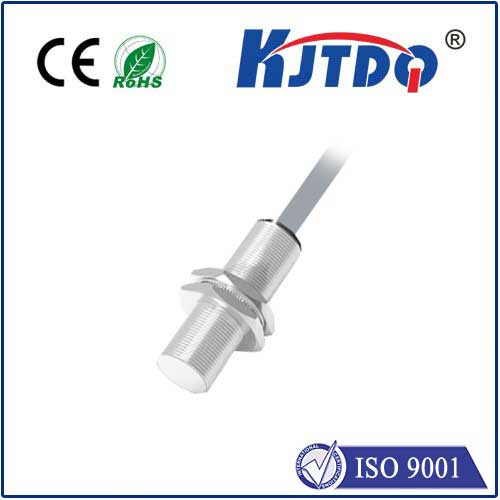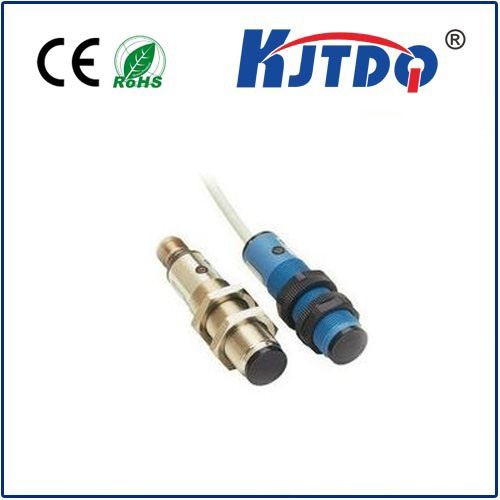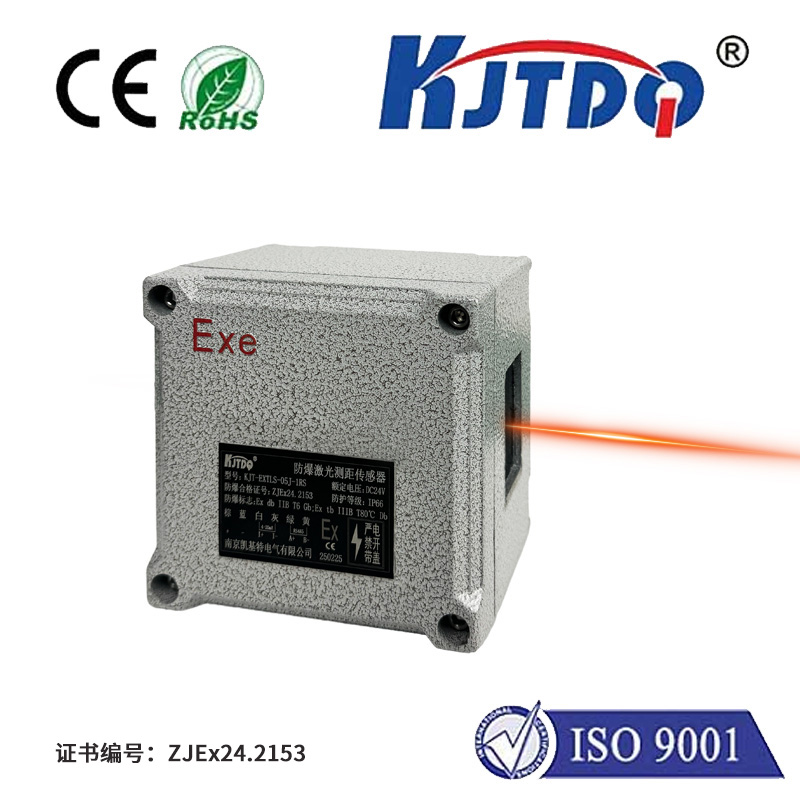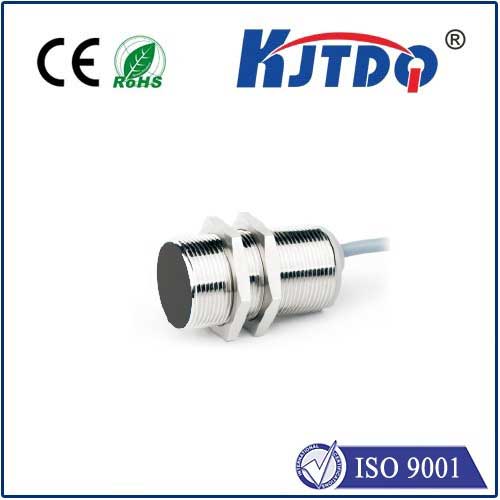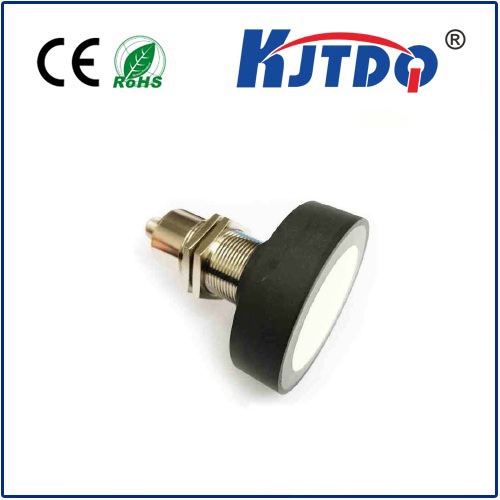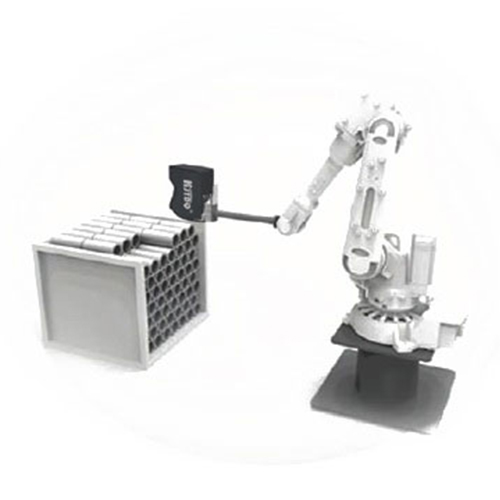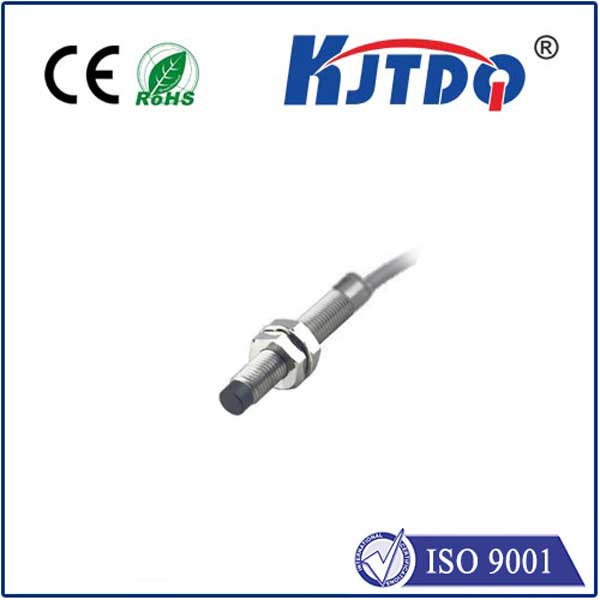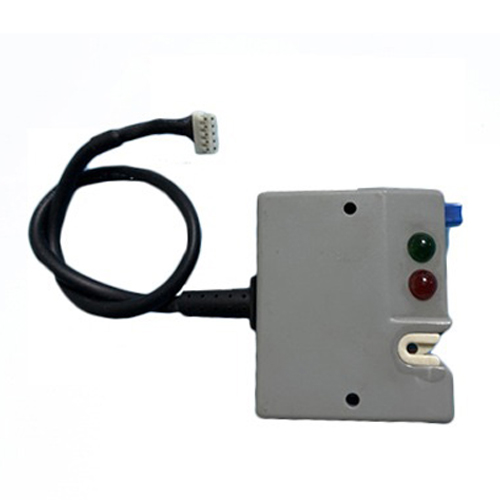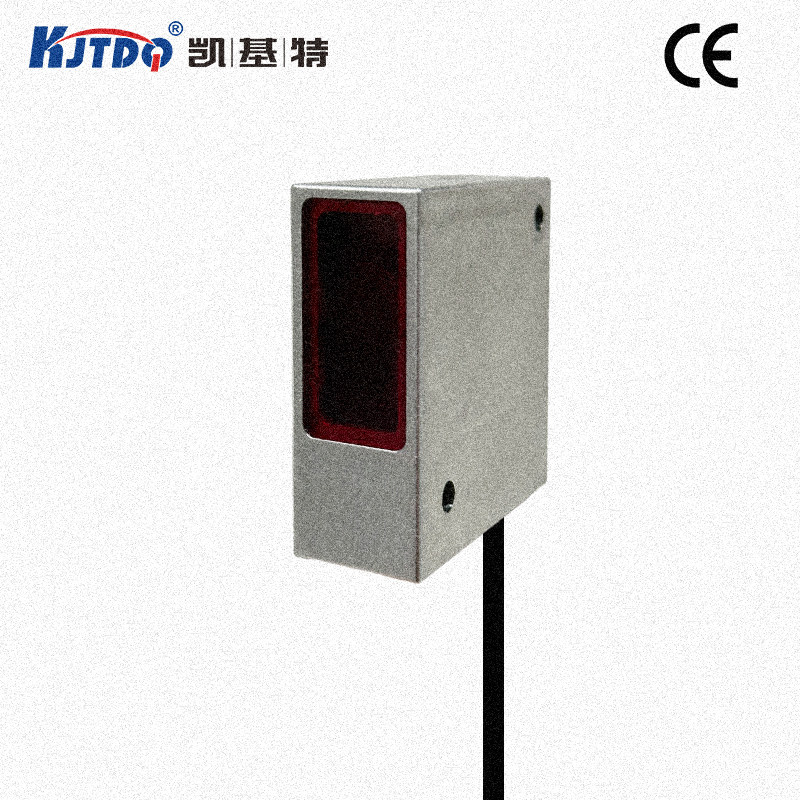100m laser sensor
- time:2025-09-13 04:45:35
- Click:0
Unlocking Precision at Range: Your Guide to 100m Laser Sensors
Imagine needing to measure the distance to a towering crane hook, map the contours of a large construction site, or precisely position heavy machinery across a factory floor – all without physical contact and with unwavering accuracy. This is precisely the realm where 100m laser sensors excel. These sophisticated devices are transforming industries by delivering long-range distance measurement capabilities that are non-contact, highly precise, and remarkably adaptable. This guide delves into what a 100m laser sensor is, how it operates, its various forms, and the diverse applications that leverage its unique power to overcome distance challenges.
Demystifying the 100m Laser Sensor
At its core, a 100m laser sensor is a specialized optoelectronic instrument designed to measure distances up to 100 meters (approximately 328 feet) using a focused beam of laser light. Unlike traditional tape measures or ultrasonic sensors limited by physical reach or environmental interference, these sensors harness the principles of light propagation. Their fundamental operation typically relies on one of two primary methods:
- Time-of-Flight (ToF): This is the most common method for achieving ranges like 100m. The sensor emits a short, intense laser pulse and calculates the distance by precisely measuring the time it takes for that pulse to travel to the target object and reflect back to the sensor’s detector. Since the speed of light is a known constant (~3x10^8 m/s), the distance is derived using the formula: Distance = (Speed of Light x Time of Flight) / 2. This method is highly reliable and effective for long ranges.
- Phase-Shift Measurement: Often used for shorter ranges but sometimes implemented in specialized long-range sensors, this method involves emitting a continuously modulated laser beam. The sensor measures the phase difference between the outgoing modulated signal and the reflected signal. This phase shift is directly proportional to the distance traveled. While potentially offering very high precision at shorter distances, phase-shift can face ambiguity challenges at the very long ranges like 100m, making ToF generally preferred for this specific maximum range.
Variations on a Theme: Types of 100m Laser Sensors

The term “100m laser sensor” encompasses several sub-types, each suited to specific needs:
- Laser Distance Meters (Handheld/Rangefinders): Often portable devices used for surveying, forestry, construction layout, hunting, and golf. They typically utilize ToF and provide single-point distance readings, often with features like slope calculation or simple area/volume functions.
- Laser Range Finders (Industrial/Survey Grade): These can be handheld or mounted. They prioritize high accuracy and reliability for professional applications like land surveying, civil engineering, and machine control, often interfacing with data collectors or control systems.
- Laser Displacement Sensors: Primarily designed for industrial automation, these sensors focus on extremely high precision and high-speed measurements, even at long range. They are used for tasks like positioning, gap control, edge detection, and vibration monitoring on large structures or machinery. Achieving sub-millimeter precision at 100m is a significant feat.
- LiDAR Sensors: While LiDAR systems often scan a wide area using multiple laser points, the core distance measurement principle for each point is fundamentally the same as a ToF laser sensor. Many long-range LiDAR units use individual laser channels capable of 100m+ distances per point.
Key Capabilities and Specifications
Understanding the specifications is crucial for selecting the right 100m laser sensor:
- Range: The headline figure – 100m maximum range. It’s vital to note the minimum range and the operating range where specified accuracy is guaranteed. Performance can degrade near the maximum limit.
- Accuracy: This defines the measurement uncertainty (e.g., ±1.5 mm, ±5 mm, ±10 mm). Accuracy requirements vary drastically, from coarse positioning to micron-level displacement sensing. Higher accuracy often commands a premium price.
- Resolution: The smallest detectable change in distance the sensor can report.
- Measurement Rate/Speed: How many distance readings the sensor can take per second (Hz). Critical for dynamic applications like monitoring moving objects or vehicle speed detection.
- Laser Type and Class: Common laser diodes include Visible Red (650nm) or Infrared (e.g., 850nm, 905nm). Infrared lasers are often preferred for long-range as they are less visible and potentially eye-safer at higher powers. Laser Safety Class (usually Class 1 or Class 2 for these applications) is paramount.
- Environmental Robustness: IP ratings for dust/water resistance, operating temperature range, resistance to vibration, and immunity to ambient light interference are essential, especially for harsh industrial or outdoor settings.
- Output Interface: How the sensor communicates data: analog (0-10V, 4-20mA), digital (RS232, RS422, USB, Ethernet), or industrial fieldbus (Profibus, EtherCAT). Some offer switching outputs (NPN/PNP).
- Beam Quality & Spot Size: The size and divergence of the laser spot affect the measurement, especially on small or complex targets at distance. A smaller, tighter spot often enables more precise measurement on specific features.
Where 100m Capability is a Game-Changer: Applications
The ability to measure accurately over 100 meters opens doors across numerous sectors:
- Industrial Automation & Manufacturing: Monitoring crane position and height in large factories or shipyards, controlling overhead gantry systems, measuring large tanks or silo levels, positioning robotic arms over wide work cells, checking straightness/flatness of long rails or beams, and vibration analysis on large machinery foundations.
- Construction & Civil Engineering: Site surveying and topographic mapping over large areas, setting out foundations and structures, monitoring structural deformation or settlement on bridges and dams, verifying heights of tall buildings or structures, and controlling excavation depths over wide sites.
- Material Handling & Logistics: Precise positioning of Automated Guided Vehicles (AGVs) and crane systems in vast warehouses or ports, measuring stockpile volumes in mining or aggregates, and monitoring conveyor belt alignment over long runs.
- Transportation & Infrastructure: Measuring vehicle speed over long stretches (speed enforcement LiDAR often operates at these ranges), monitoring overhead line heights for trains/trams, surveying road and rail alignments, and monitoring tunnel clearances.
- Forestry & Agriculture: Measuring tree heights and stand density (using specialized forestry rangefinders), potential for large-scale terrain mapping for precision agriculture planning (especially with scanning LiDAR variants).
- Security & Perimeter Monitoring: Detecting intrusion over large perimeters using sensor arrays or scanning LiDAR systems capable of detecting movement up to 100m away.
- Energy & Utilities: Monitoring clearances around high-voltage power lines, measuring water levels in reservoirs or rivers, and positioning components in large solar or wind farm installations.
Advantages: Why Choose Laser?
- Non-Contact Measurement: Eliminates wear and tear on the sensor and the target object, ideal for delicate, hot, moving, or inaccessible surfaces.
- High Accuracy and Resolution: Capable of providing very precise distance data, even at long range.
- Long Measurement Range: The 100m capability solves problems where physical access is impossible or unsafe.
- Fast Measurement Speed: Enables real-time monitoring and control of dynamic processes.
- Compact and Versatile Design: Many sensors are relatively small and easy to integrate into various setups.
- Minimal Target Dependency: Generally work well on most diffuse surfaces, though performance can vary on shiny or transparent materials.
Implementing Success: Considerations
- Target Surface: Dull, diffuse surfaces reflect light better and provide the most reliable results. Highly reflective, shiny, or transparent surfaces can cause errors due to specular reflection or beam penetration. Special targets (retro






